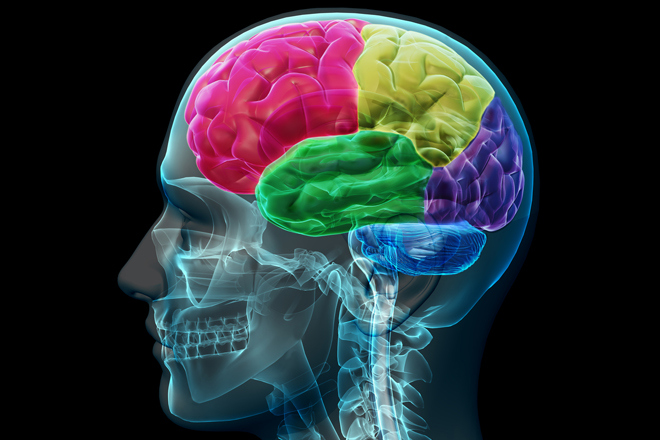“There exists an indisputable connection between the size of the brain and the mental energy displayed by the individual man.” This quote was made by German anatomist and physiologist, Frederick Tiedmann in 1836. In 2007, the world famous Brazilian geneticist Dr. Sergio Pena called Tiedemann an “anti-racist ahead of his time”.
man.” This quote was made by German anatomist and physiologist, Frederick Tiedmann in 1836. In 2007, the world famous Brazilian geneticist Dr. Sergio Pena called Tiedemann an “anti-racist ahead of his time”.
A German neuroanatomist, and physiologist, Franz Gall (1758-1828) was one of the first scientist to study the size of people’s heads in relation to their intelligence. After examining the heads of thousands of people, he developed a method of “reading heads” where he concluded that humans with large heads and high foreheads were smarter than others. He published his detailed research on brain function and localization in a book with a long title called “On the Functions of the Brain and of Each of Its parts: With Observations on the Possibility of Determining the Instincts, Propensities, and Talents, Or the Moral and Intellectual Dispositions of Men and Animals, by the Configuration of the Brain and Head.”
Franz Gall’s research was very controversial at the time. So much so, that he was labeled a pseudoscientist and the Austrian government ordered Gall to stop lecturing in 1801 for fear that his talks would cause people to “lose their heads” and become materialists, believing only in the truths written on their skulls rather than those of God. Gall soon fled Vienna for France, but there too, he faced a backlash that threatened his credibility.
However today, over 200 years later, Gall is now being vindicated because over the last 15 years there have been numerous studies by scientists at top Universities from all around the world proving that people with big heads are smarter.
For example, in 2001, the University of Western Ontario conducted a study where they measured the heads and scanned the brains of pairs of brothers aged 20 to 35 to calculate head size and brain volume. The scientists then tested the men using various intelligence and cognition tests. Their findings proved that the test subjects with larger heads had greater intelligence.
In 2005, another study of people’s head size and intelligence was conducted by psychologist Michael McDaniel for Virginia Commonwealth University. He researched 26 previously related studies and used brain-imaging and standard intelligence tests where he found unequivocably that larger brains correlated with smarter people.
According to McDaniel, ‘for all age and sex groups, it is now very clear that brain volume and intelligence are related.’ This study’s best estimate of the correlation between brain volume and intelligence is 0.33. The correlation is higher for females than males. It is higher for adults than children. Regardless of the subgroups examined, the correlation between brain volume and intelligence is always positive. It is very clear that brain volume and intelligence are related.
In 2006, the Grand Valley State University and the Anthropological Institute and Museum at the University of Zürich had also released a comprehensive study of brain size and intelligence. The co-authors of this research were Robert Deaner, assistant professor of psychology at Grand Valley, and Karin Isler and Judith Burkart with the University of Zürich. The study had also proved that people with bigger heads were more intelligent.
The scientist Deaner had said this about the study; “It’s long been known that species with larger body sizes generally have larger brains.” “Scientists have generally assumed that this pattern occurs because larger animals require larger nervous systems to coordinate their larger bodies. But our results suggest a simpler reason: larger species are typically smarter.”
RESOURCE LINKS AND OTHER RESEARCH:
On the Functions of the Brain and of Each of Its parts: With Observations on the Possibility of Determining the Instincts, Propensities, and Talents, Or the Moral and Intellectual Dispositions of Men and Animals, by the Configuration of the Brain and Head – By Franz Gall
Virginia Commonwealth University Michael McDaniel Study

Moe is the founder of GnosticWarrior.com. He is a father, husband, author, martial arts black belt, and an expert in Gnosticism, the occult, and esotericism.






![How a little boy, dying in the same monastery, called upon a virgin that was to follow him; and how another nun, at the point of leaving her body, saw some small part of the future glory [675 A. D.?] | Book 4 | Chapter 8 How a little boy, dying in the same monastery, called upon a virgin that was to follow him; and how another nun, at the point of leaving her body, saw some small part of the future glory [675 A. D.?] | Book 4 | Chapter 8](https://www.gnosticwarrior.com/wp-content/plugins/contextual-related-posts/default.png)

